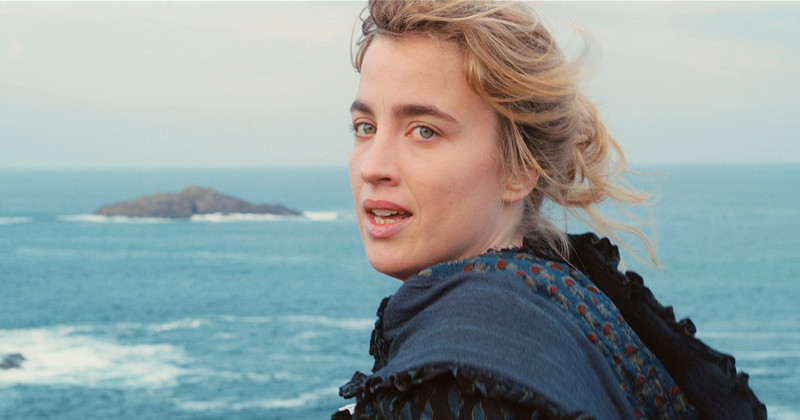
In a year where Disney films dominated 80% of box office revenues, it’s been easy to feel discouraged about the medium’s future. Fortunately, like every year, there’s still a batch of inventive and moving works from artists devoted to pushing film’s limits. This list summarizes some of the year’s finest achievements in arthouse filmmaking.
Oddly enough, many of the movies listed involve, in some capacity, ghosts. This was purely coincidental.
10. Black Mother
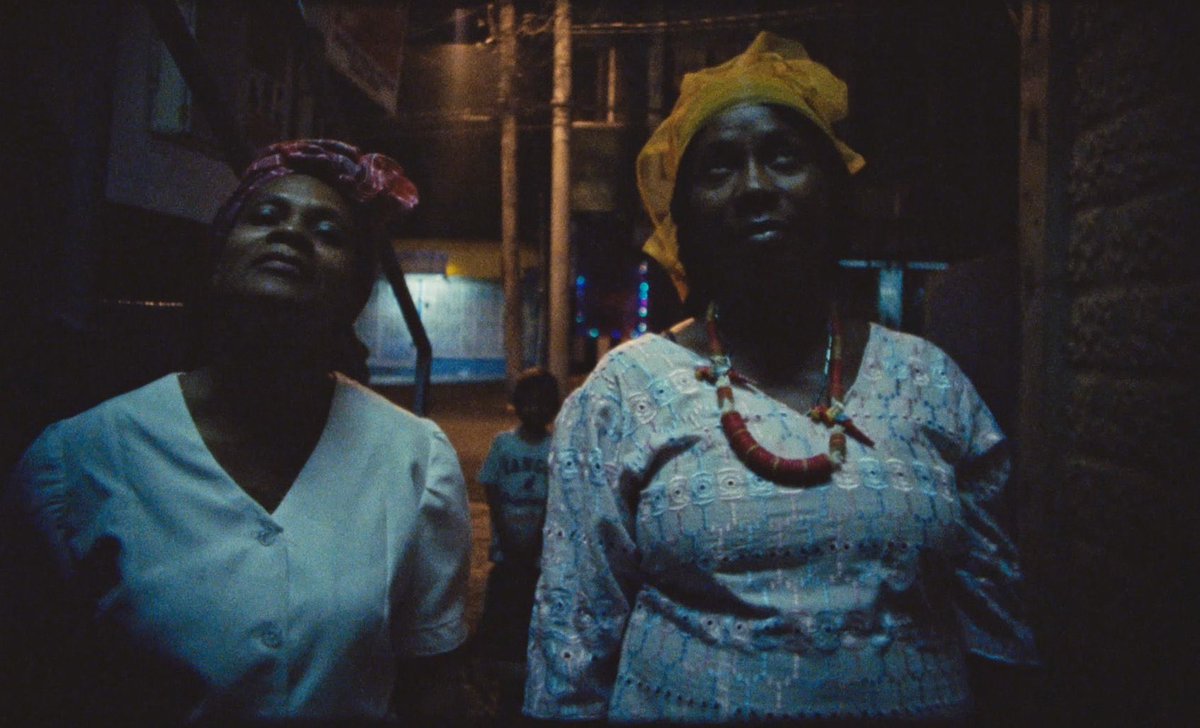
Khalik Allah, an artist who found his way onto many radars after lensing segments from Beyoncé’s Lemonade visual album, has an impeccable eye. Black Mother, his second feature documentary, incorporates 16mm and digital cinematography as it delves into an exploration of Jamaican culture.
Structured as a quasi-travelogue, Black Mother also takes influence from Allah’s street photography. The movie juxtaposes portraits of people against shots of nature, encapsulating a complex vision of Jamaica. This complexity manifests in Allah’s filmmaking which offers impressive range. Black Mother’s footage originates from a variety of cameras, simulating different perspectives.
The entire film is jarring in its construction, with little formal consistency. Ultimately, this approach is very refreshing. Allah rejects most conventions of documentary cinema, producing a poetic film that stitches together a variety of sources. It’s at times immediate and infinitely larger than Allah himself. Yet his unique eye gives the film life, making it hard to ignore.
9. Manta Ray
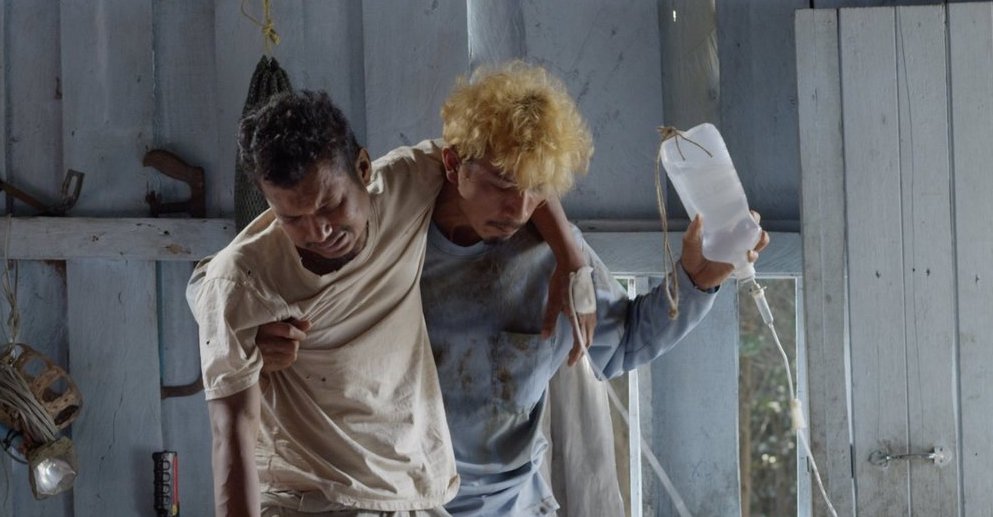
Manta Ray’s opening images are brilliant: a man, wrapped in rainbow string lights, steps through the woods, rifle-in-hand. This air of ambiguity persists throughout the movie, filling every interaction with mystery. The film is Thai filmmaker Phuttiphong Aroonpheng’s debut and yet he shows a natural command of film language, his movie thriving on moments of enigmatic imagery. Manta Ray is full of gaping silences, telling an often wordless story about the strange relationship between a fisherman and injured man he finds washed up on the shore.
Much of the film’s unforgettable atmosphere stems from the audio. Aroonpheng creates discomfort in a similar style to David Lynch’s Twin Peaks: The Return or Kiyoshi Kurosawa’s Cure, boosting ambient background sounds to dominate the soundtrack. The sounds of the forest or the electric buzzing of interiors feels extremely present in the mix. All of the diegetic audio blends seamlessly into the otherworldly and unnerving score from French experimental duo Snowdrops. Driven by menacing drones and melancholic organs, the music is the film’s soul. Aroonpheng’s knack for elusive visuals combined with Snowdrops’ score — rivaling Oneohtrix Point Never’s Uncut Gems music for score of the year! — makes Manta Ray into a haunting, dreamlike film.
8. An Elephant Sitting Still
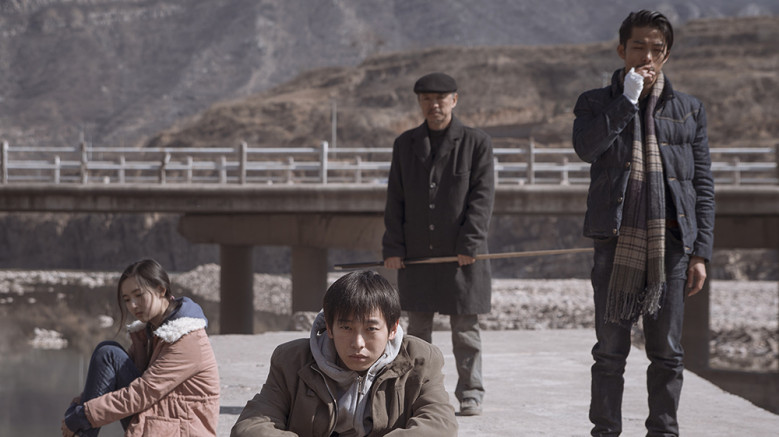
Following an ensemble living in Manzhouli, Hu Bo’s An Elephant Sitting Still details four characters’ attempt to find meaning amidst the anguish of existence. Running four hours and composed as a series of tracking shots, the entire narrative unfolds over the course of a day. Much of the movie is overwhelming. It feels like the cinematic embodiment of depression, the characters’ hopelessness radiating out of the screen. However, this is merely a testament to the impeccable empathy Bo establishes. The pain on-screen feels absolutely real, as the camera renders all landscapes into a grey, dying environment.
Yet there are moments that undercut the feeling of hopelessness. The characters form connections with each other and achieve instances of clarity. Bo approaches storytelling with an undeniable human touch. He has tremendous sympathy and affection for his characters. There is no aestheticization of depression. Tragically, An Elephant Sitting Still was Bo’s first and only feature, as he ended his life shortly after its completion. Hopefully, he found some kind of peace and clarity at the end of his life.
7. Tommaso
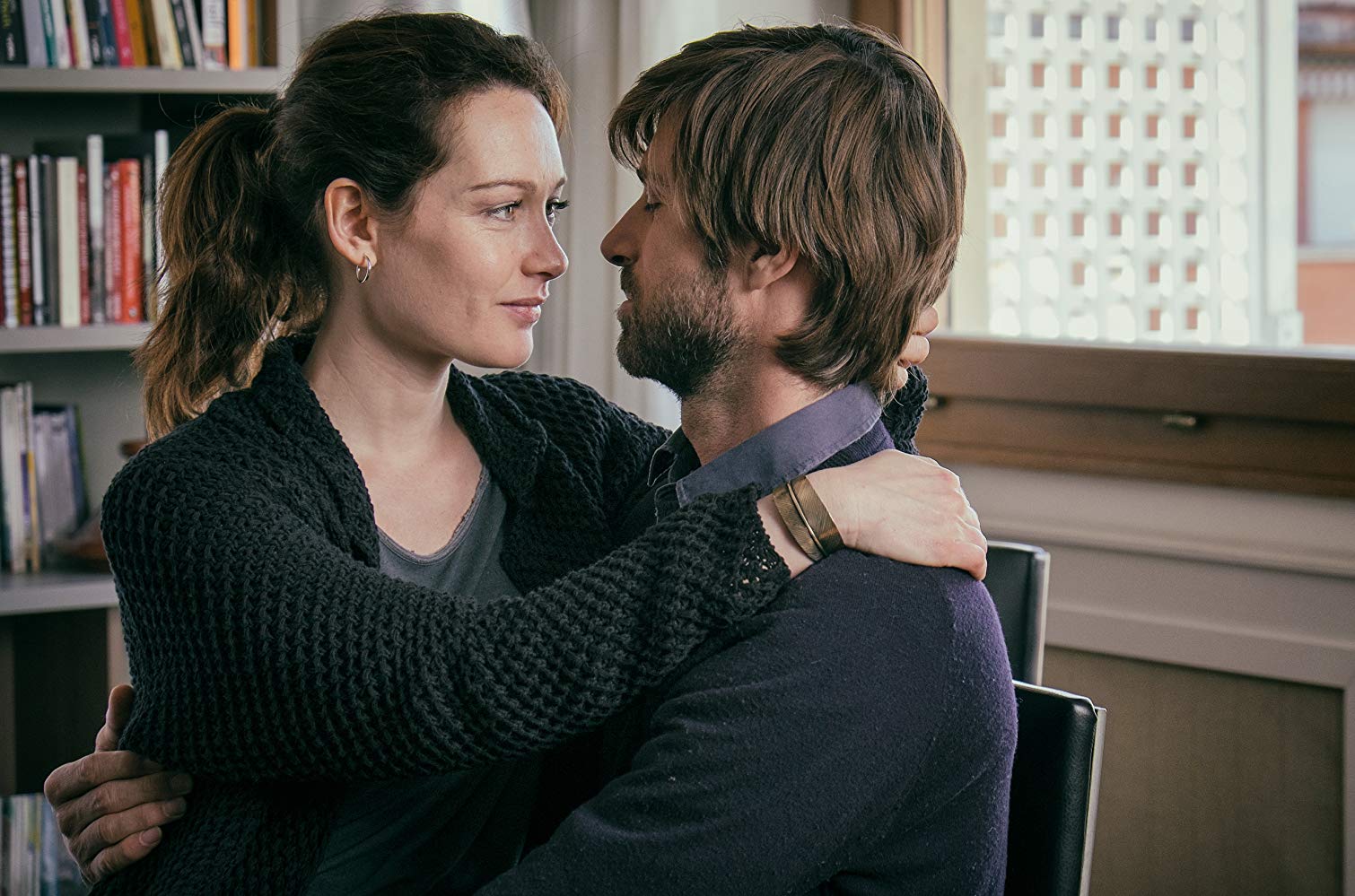
Abel Ferrara’s sober, late-period career is often self-reflexive and, in the case of Tommaso, brutally so. Ferrara casts Willem Dafoe as an alternate version of the filmmaker himself, a deliberately thinly-veiled and semi-autobiographical self-exploration. In a move that aims to upstage Carlos Reygadas, Ferrara casts his own wife and child in the film, playing themselves. The movies upholds Ferrara’s tendencies for brutality and bleakness, though with a newfound level of intimacy. Dafoe, a veteran Ferrara collaborator, delivers a flawless performance in what is, presumably, an incredibly demanding role. He’s both tortured and charismatic, a duality Dafoe captures effortlessly.
Ferrara’s films tend to feel small-scale, more concerned with completely deconstructing and breaking down characters than scale. Similarly to the phenomenal Pasolini, Tommaso probes into the depths of the protagonists’ psyche, structuring the film around an abstract, non-literal terrain. Told through stream-of-consciousness, the film merges dreams and reality, all the while rendering the distinction between “truth” and “fiction” arbitrary. Ferrara’s entire movie is designed to expose his protagonist and, by extent, himself. The result is full of vulnerability and confessional self-loathing.
Admittedly, Ferrara’s intentions are, at times, befuddling. It’s hard to imagine what would compel someone to expose themselves so nakedly to theaters of anonymous spectators. Yet perhaps that’s the key to introspection: absolute honesty in self-recreation in order to see oneself objectively when looking at the piece of art. Regardless, Tommaso is an endlessly fascinating achievement, and a worthy addition to Ferrara’s enigmatic and underrated body of work.
6. Vitalina Varela
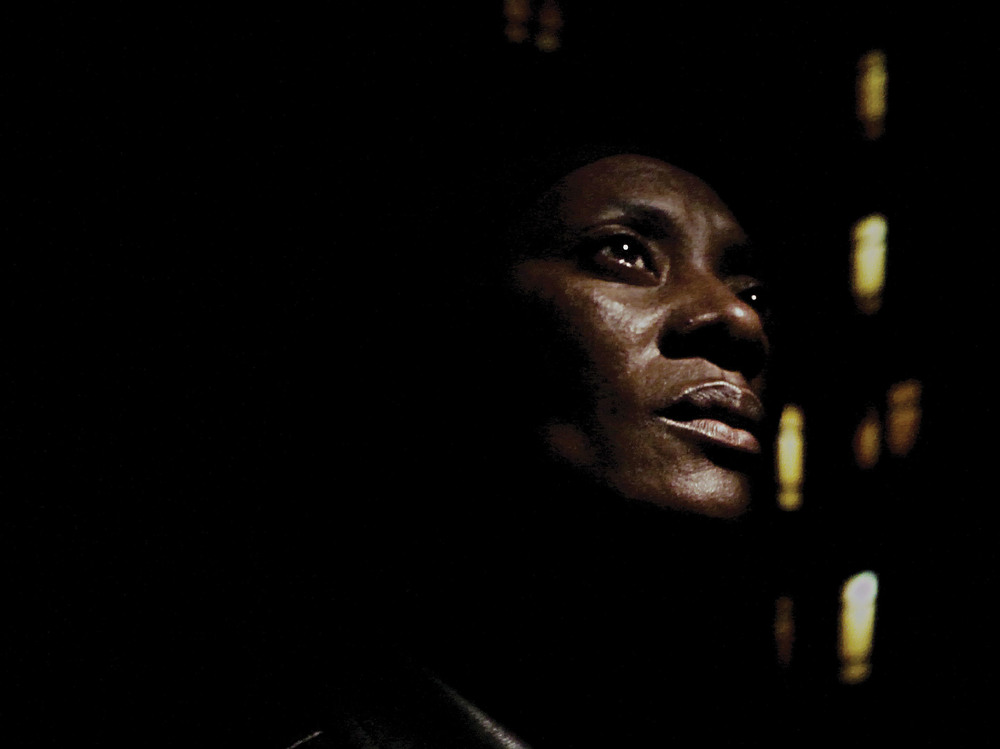
No stranger to the exploration of grief and mortality, Pedro Costa’s Vitalina Varela is another elegiac probe into the subject of death from the Portuguese filmmaker. As per usual, Costa works with non-professional actors. Vitalina Varela plays a somewhat fictionalized version of herself. Costa met Varela while directing his previous feature, Horse Money. Intrigued and moved by her story, he made her the basis of his next feature.
Vitalina Varela follows a woman settling her recently deceased husbands’ affairs, meditating through the mementos of his existence. Costa’s camera imbues the entire house which the film predominantly occupies with a sense of loss. All ordinary objects become souvenirs of the past and reminders of death.
Costa’s compositions are dimly lit, built around black and grey. Vibrant colours almost never slip into the frame. The film’s world is built around Vitalina’s state of mind: subdued, mournful, and bleak. And yet, Costa manages to craft absolutely striking shots. Working with a tiny crew and cinematographer Leonardo Simões, much of the shoot was spent perfecting lighting. The end result is a film that unfolds almost as a series of still lifes. Vitalina Varela, static and meditative, feels like the experience of sleepwalking, existing between opposing states. Costa pulls no devestating punches in his latest rendition of grief, and yet, that’s what makes Vitalina Varela so remarkable.